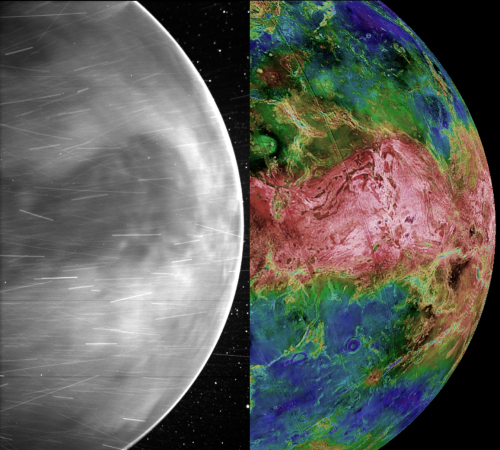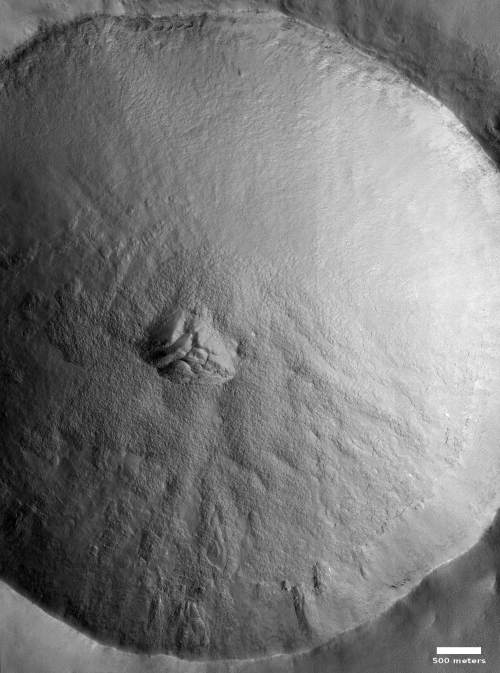Have astronomers found an exoplanet with raining metal and gems?
The uncertainty of science: Using data from the Hubble Space Telescope, astronomers think they have detected on a hot Jupiter exoplanet 880 light years away the formation of clouds and rain made up metals and gems.
The exoplanet is tidally locked so that one side always faces its star, which also means the temperature difference between the two hemispheres is gigantic, 5,400 degrees Fahrenheit on the dayside and about 2,600 degrees on the nightside.
Previous Hubble data showed signs of metals including iron, magnesium, chromium and vanadium existing as gasses on the planet’s dayside. But in this study, the researchers have found that on the planet’s nightside, it gets cold enough for these metals to condense into clouds.
And, just as the strong winds pull water vapor and atoms around the planet to break apart and recombine, metal clouds will blow to the planet’s dayside and evaporate, condense back on the nightside and so on.
But metal clouds aren’t the only strange phenomenon these researchers spotted on this hot Jupiter. They also found evidence of possible rain in the form of liquid gems.
While tantalizing and alien, these results have many uncertainties. What the data suggests might not be the reality. To find out more, the astronomers hope to use the James Webb Space Telescope to do more infrared observations, once it becomes operational.
The uncertainty of science: Using data from the Hubble Space Telescope, astronomers think they have detected on a hot Jupiter exoplanet 880 light years away the formation of clouds and rain made up metals and gems.
The exoplanet is tidally locked so that one side always faces its star, which also means the temperature difference between the two hemispheres is gigantic, 5,400 degrees Fahrenheit on the dayside and about 2,600 degrees on the nightside.
Previous Hubble data showed signs of metals including iron, magnesium, chromium and vanadium existing as gasses on the planet’s dayside. But in this study, the researchers have found that on the planet’s nightside, it gets cold enough for these metals to condense into clouds.
And, just as the strong winds pull water vapor and atoms around the planet to break apart and recombine, metal clouds will blow to the planet’s dayside and evaporate, condense back on the nightside and so on.
But metal clouds aren’t the only strange phenomenon these researchers spotted on this hot Jupiter. They also found evidence of possible rain in the form of liquid gems.
While tantalizing and alien, these results have many uncertainties. What the data suggests might not be the reality. To find out more, the astronomers hope to use the James Webb Space Telescope to do more infrared observations, once it becomes operational.





















